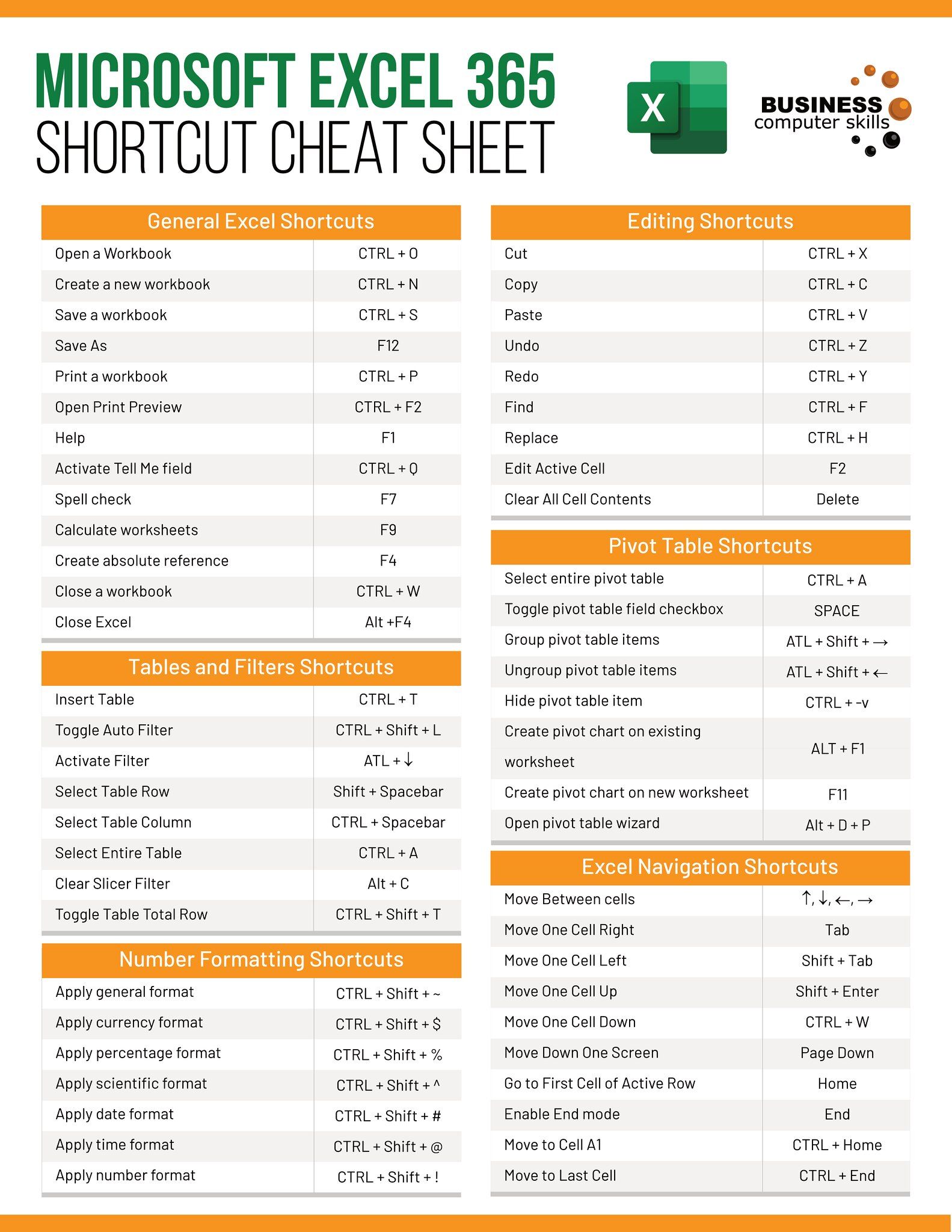3 Quick Tips to Save Selected Sheets in Excel

Are you looking for efficient ways to manage your Excel workbooks without losing essential data? This article delves into three quick tips to save selected sheets in Excel, allowing you to work smarter, not harder. By understanding these methods, you can streamline your workflow, reduce errors, and make your work in Microsoft Excel more efficient.
1. Using the Move or Copy Sheet Feature

Excel’s built-in “Move or Copy” feature is a straightforward tool for duplicating or transferring sheets within or between workbooks:
- Right-click the sheet tab you want to save.
- Select “Move or Copy” from the context menu.
- In the dialog box that appears, choose the workbook where you want to copy or move the sheet from the “To book” dropdown. You can even create a new workbook.
- Select where in the workbook you want to place the sheet.
- Check the “Create a copy” box if you want to keep the original sheet intact in your current workbook.
- Click OK to proceed.
💡 Note: This method is ideal when you need to duplicate sheets or keep a backup in a separate workbook without altering the source file.
2. Excel VBA for Custom Saving

For those who are comfortable with VBA (Visual Basic for Applications), you can automate the process of saving selected sheets to a new workbook:
Sub SaveSelectedSheets() Dim ws As Worksheet Dim wbNew As WorkbookSet wbNew = Workbooks.Add For Each ws In ActiveWindow.SelectedSheets ws.Copy After:=wbNew.Sheets(wbNew.Sheets.Count) Next ws wbNew.SaveAs ThisWorkbook.Path & "\SelectedSheets_" & Format(Now, "yyyymmdd_hhmmss") & ".xlsx"
End Sub
- Press Alt + F11 to open the VBA editor.
- From “Insert”, choose “Module” to create a new module.
- Paste the above code into the module window.
- Close the VBA editor and return to Excel.
- Select the sheets you wish to save.
- Run the macro by pressing Alt + F8, selecting “SaveSelectedSheets”, and hitting “Run”.
This VBA script will create a new workbook, copy the selected sheets into it, and save the workbook with a dynamic filename based on the current date and time.
🔍 Note: This method requires enabling macros in Excel. Ensure your macro security settings allow for the execution of trusted macros.
3. Excel Power Query for Selective Export

Power Query in Excel, available from Excel 2010 and later versions, can be used to extract data from selected sheets into a new workbook:
- Select the sheets you want to save.
- Go to the Data tab and click on “Get Data” or “From Table/Range”.
- Load the data into the Query Editor.
- Combine or filter the data as needed using Power Query’s transformation tools.
- After setting up your query, choose “Close & Load To”.
- Select “Only Create Connection” or “Table” to load the results into a new workbook.
This method is particularly useful for those who work with large datasets and need to perform complex data manipulation before saving the results.
After exploring these methods, here's a summary:
Each technique offers a unique approach to saving selected sheets in Excel:
- The "Move or Copy" feature is quick and user-friendly for basic tasks.
- VBA provides automation capabilities for repetitive tasks, which can be customized extensively.
- Power Query allows for data transformation before exporting, providing a robust solution for complex scenarios.
By mastering these methods, you'll be able to tailor your approach to Excel's sheet management based on your specific needs, increasing your productivity and reducing the risk of data mishandling.
Can I save multiple sheets at once with the Move or Copy method?

+
Yes, you can save multiple sheets at once with the Move or Copy method by holding down the Ctrl key while selecting multiple sheets.
How can I prevent overwriting an existing file with a VBA script?

+
To prevent overwriting, include a check to see if the file exists before saving. You could then modify the file name or prompt the user for a new name:
Sub SaveSelectedSheetsWithCheck()
‘… [Previous code] …
If Dir(ThisWorkbook.Path & “\SelectedSheets_” & Format(Now, “yyyymmdd_hhmmss”) & “.xlsx”) <> “” Then
MsgBox “File already exists. Please rename manually or cancel.”
Exit Sub
End If
‘… [Save As code] …
End Sub
Is there a way to automate this process without macros?

+
Yes, for non-macro users, Microsoft Power Automate can be used to automate tasks in Excel without writing VBA code. You can create workflows to manipulate and save Excel sheets.